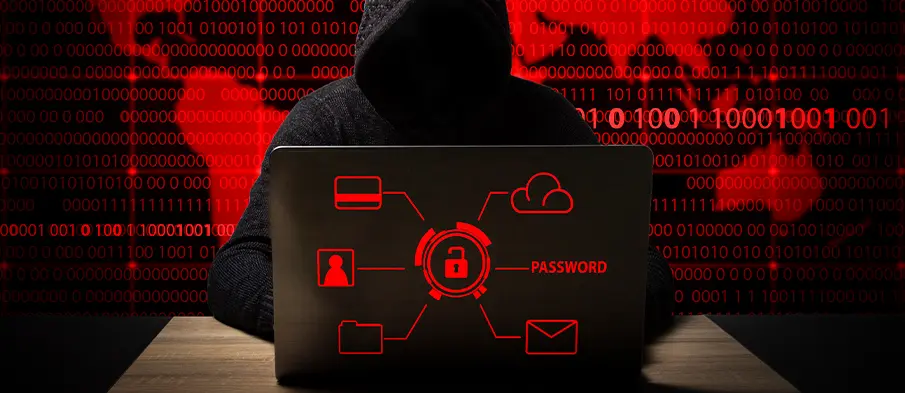
General Scenario & Effect
Picture this: One of the most awaited blockbusters from a major Hollywood studio is about to be released. Trailers have broken audience records, streaming partners are set for an international release, and global premieres are planned. Then, only days before the premiere, the worst happens.
Hackers compromised the studio’s production and distribution servers. The master files of the unreleased movie were encrypted and completely inaccessible within hours. Followed by a ransom note: Pay $30 million, or we publish the raw footage on public torrent sites.
Business Impact on company
In this scenario, the financial and reputational consequences would be enormous. Early disclosures could ruin the following box office earnings, and the delay of the film could also cost millions. Partners and distributors would also experience significant losses.
Such a scenario emphasizes how stolen pre-release content could destroy the monetization window of a film. Unlike other industries, where data can be recovered and business goes on, leaked content in media is irreversible—once it’s out, the damage is done.
Technical Impact
The studio’s post-production is paralyzed—editing, VFX, and cloud systems are down, DRM is frozen, and attackers likely had months of stealthy access before encrypting key assets.
Risk Exposure
The decision is tough: decline and risk losing unpublished intellectual property worth hundreds of millions or pay and encourage more criminality.
Incident Response
Immediate Action: The systems would be split to stop more harm while forensic experts begin examining the breach vector. Law enforcement, cyber insurance firms, and specialized ransomware negotiators would be instantly summoned.
Operations would switch to crisis mode. All communication would be pooled, backup assets assessed, and decisions about engaging with the assailants made behind closed doors.
Responsibilities & Roles: CISO oversees technical triage and works with cybersecurity vendors while the CEO and Legal Counsel evaluate insurance ramification and ransom options. HR and Internal Comms ensure clarity and organisational calm.
Communication Strategy: On the surface, a statement would be issued “We are now managing a cybersecurity incident affecting certain production systems.” Internally, staff members would be instructed to obey security policies and avoid speculative conversations.
Private conversations with the assailants can begin depending on legal advice and insurance coverage.
Remediation and Future prevention strategy
Root cause analysis: A post-incident investigation could find a defect in a remote collaboration tool which could have been a weak point for the breach. Lack of multi-factor authentication and bad segmentation led to lateral movement across networks.
Recovery from the attack: Restoration from clean backups would begin. . With restricted screenings, different versions, or a delayed launch, the studio may alter its distribution strategy to create excitement once more.
While brand harm could take longer to recover, insurance could assist cover some financial loss.
Preventive Measures: To prevent such a disaster in the future, a complete cybersecurity overhaul would be done:
- Applying Zero Trust security concepts
- Mandatory MFA and consistent penetration testing.
- Separation of high-value digital assets
- Consistent offline backups
- Security audits of vendors during the production process
- Ongoing threat monitoring and staff development
Final Thought
Though fictional, this narrative parallels reality: ransomware thieves are actively targeting high-value digital content. The media and entertainment industry is now a key focus driven by digital processes and cloud collaboration. Studios need to view cybersecurity as a basic operational infrastructure rather than only IT cleanliness, as one compromise could alter the story in the present context.






